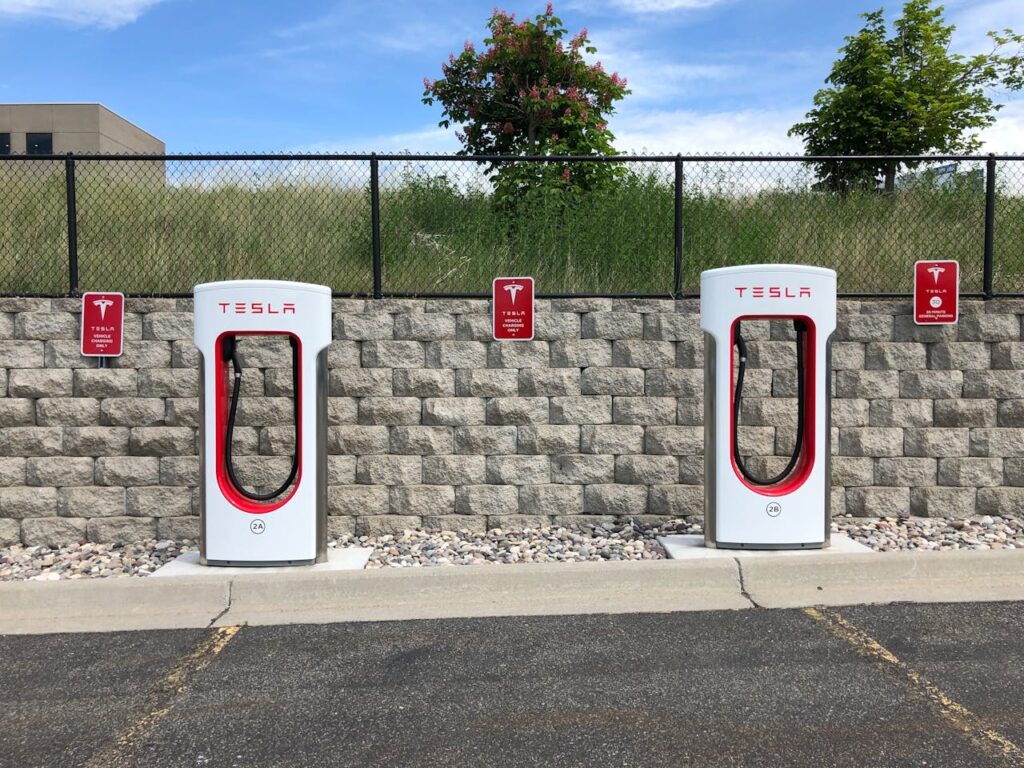Are Tesla Batteries Recyclable?
Tesla Battery Recyclability
Yes! Tesla batteries are recyclable. Tesla uses lithium-ion batteries that are recoverable and recyclable. When recycling Tesla batteries, you should engage with a professional waste business that specialises in battery disposal.
The Lifecycle of Tesla Battery Packs
Tesla vehicles, a symbol of the shift away from fossil fuels, incorporate advanced lithium-ion batteries designed to support a long and efficient lifespan. Tesla has continuously improved the technology to enhance the environmental impact and extend the life of each battery pack. However, as with all batteries, there comes a point when they no longer perform at an optimal level.
Disposal and Landfilling Concerns
One of the main concerns associated with electric vehicle batteries is their disposal. Many fear that batteries go to landfilling, contributing to environmental degradation. In fact, Tesla’s approach aims to divert away from this practice. The company is dedicated to ensuring that scrapped lithium-ion batteries are managed responsibly.
Tesla has also invested heavily in technology designed to extend the life of their battery packs. Techniques such as advanced battery management systems, improved thermal management, and software updates that optimise battery usage are all part of Tesla’s strategy to reduce environmental impact. This not only enhances the performance and longevity of the batteries but also decreases the frequency with which batteries need to be recycled.
The Benefits Of Recycling Tesla Batteries
Tesla EV batteries contain valuable materials that you can recycle and reuse. Recycling Tesla battery packs significantly reduces the need for raw material extraction, which is often energy-intensive and detrimental to the environment.
By recovering materials from scrapped lithium-ion batteries, our recycling services help mitigate the impact of landfilling and contribute to a more sustainable future. Tesla says that the battery materials are refined and put into a cell, and will still remain in the cell at the end of their life, when they can be recycled to recover its valuable materials for reuse over and over again.


